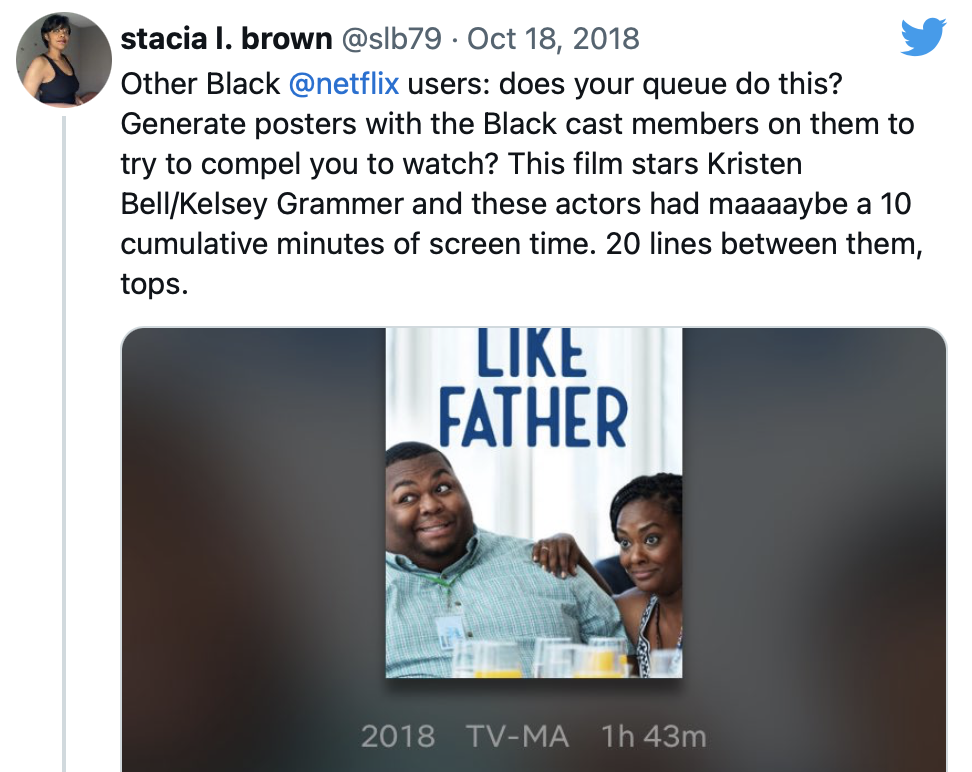A couple weeks ago, I was following the Summer Games Fest and other video game presentations. And because I’m so interested in queer media, I asked myself, of all these different presentations, which is the queerest of them all? It’s hardly a question, because the answer is so obviously the Wholesome Games Direct.
The next day, I read a story about proud boys creating a disturbance at a Drag Queen Story Hour, and I thought, of course. Of course the queers would be doing something so wholesome as reading stories to children, and of course the edgy fascists would hate that.
Is this a thing? Is queer wholesomeness a thing?

